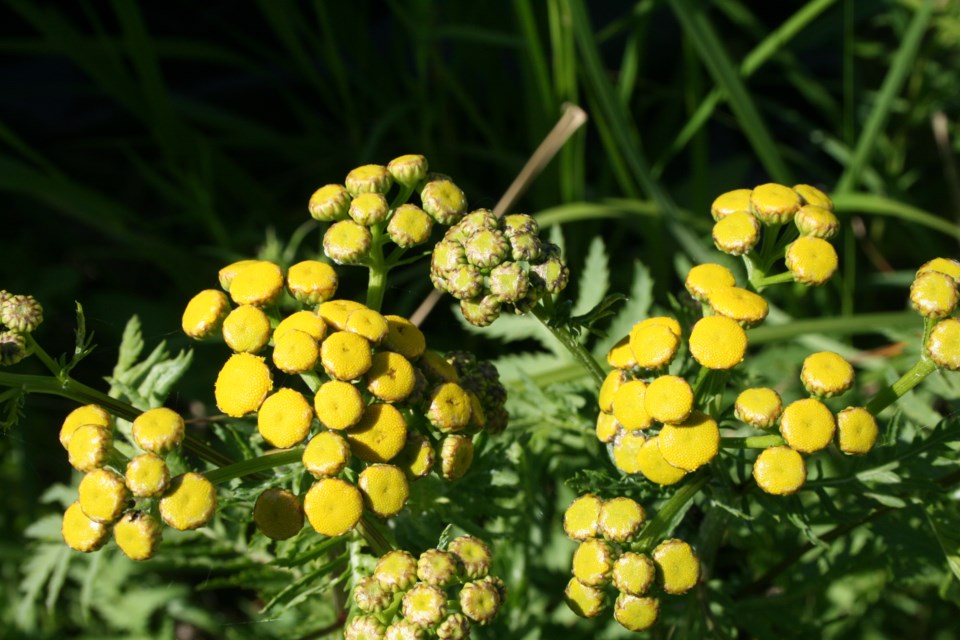BOW VALLEY – If you are unfamiliar with invasive species, or how they threaten local ecology, the current restrictions due to COVID-19 present the perfect opportunity to change that.
The Nature Conservancy of Canada is hoping Bow Valley residents will take up the challenge of identifying invasive species in their own backyards and surrounding region to limit their spread.
Communications manager Carys Richards said with Invasive Species Awareness Week, which runs May 16-23, now is the right time to learn more about these problematic plants that may be in your own backyard.
"It is a good opportunity for people to educate themselves," Richards said, noting, for example, there is a difference between an invasive and non-native species.
"Non-native species can still coexist quite happily. They become invasive when they overtake habitat and out-compete native species. A lot of the flowers you might see in your garden are not native to the area, but they are also not harmful. Whereas weeds like the Canadian thistle become invasive – they take over areas and wipe out native plant life."
It is important to manage invasive species because they can change the food available to local wildlife like bugs, birds and herbivores. Pollinators, for example, need native species to be able to fulfil their role in the ecological processes of local habitats.
Invasive species of plants have wide-ranging effects on ecosystems. The province of Alberta also has legislation that legally requires landowners to identify and remove invasive species each year.
Richards said there are different methods to remove these invasive species, and they vary based on the plant itself. That means identifying them is the first step, the next is finding the appropriate way to mitigate them – information available through the province's invasive species website.
Identifying them, she added, is easy thanks to smartphone apps that can be downloaded and will identify plants found in the wild. Richards recommended iNaturalist and EDDMapS Alberta to help citizen scientists identify plants in their backyards and when recreating in nature.
"It also helps the scientific community monitor what species are being seen and where," she said, adding it is also a valuable learning opportunity for children stuck at home while classes are cancelled.
"This is a cool way for everyone and anyone to get involved in citizen science."
Another way to help prevent the spread of invasive species is to take care to not spread their seeds, which can be done through attaching to clothing, footwear or pets. Richards said that can be inspecting and cleaning footwear, pant hems and pets after an outdoor adventure.
"That is why they are invasive, they are easy to spread," she said. "[Bow Valley] residents care about wildlife and nature – that is why they live there.
"This is one extra way we can take care of this special area."
Five specific species that have been found in the Bow Valley that the NCC would like residents to keep an eye out for include: the common tansy, leafy spurge, common toadflax, spotted knapweed and oxeye daisy.
Go to abinvasives.ca for more information.




